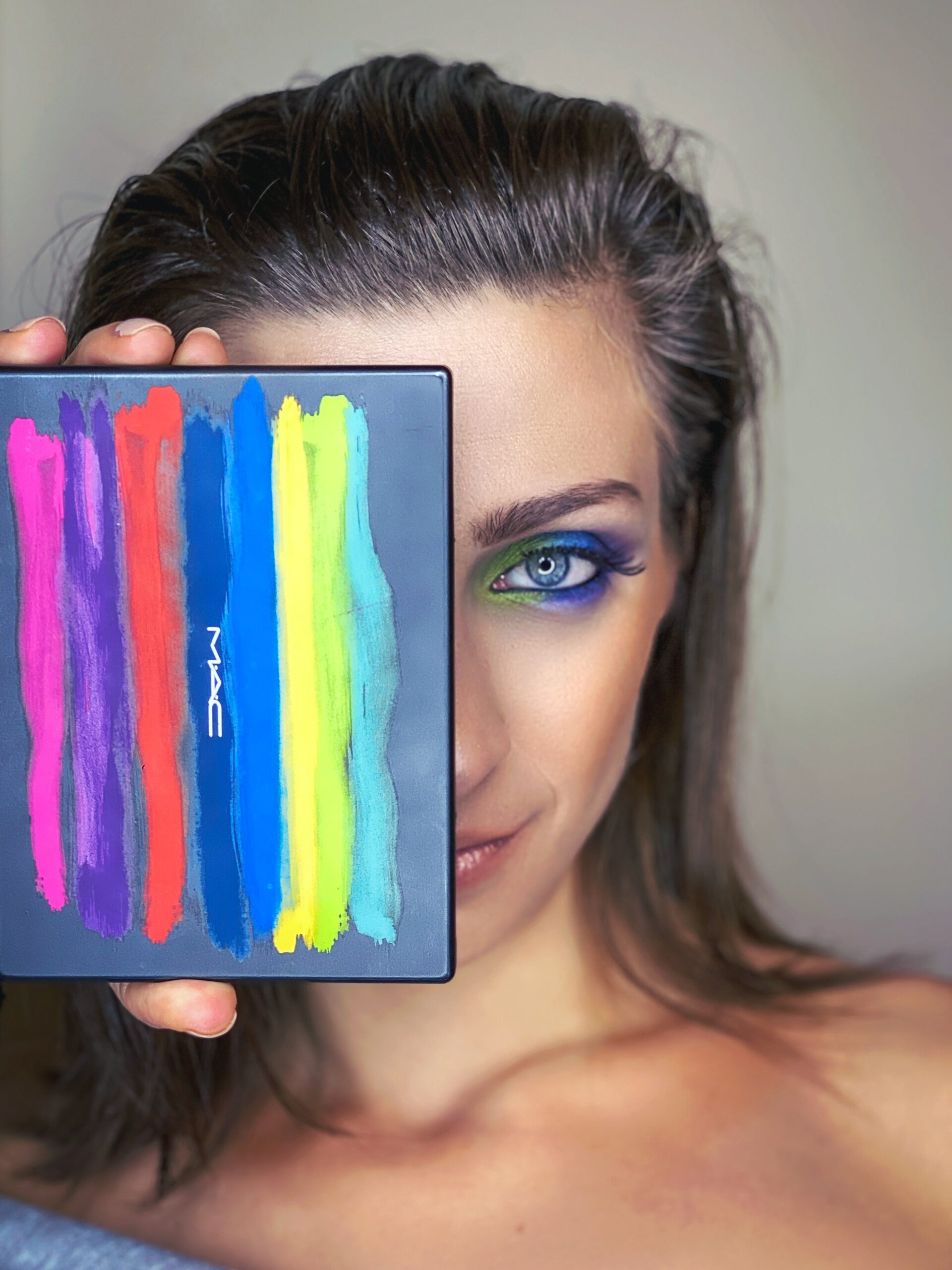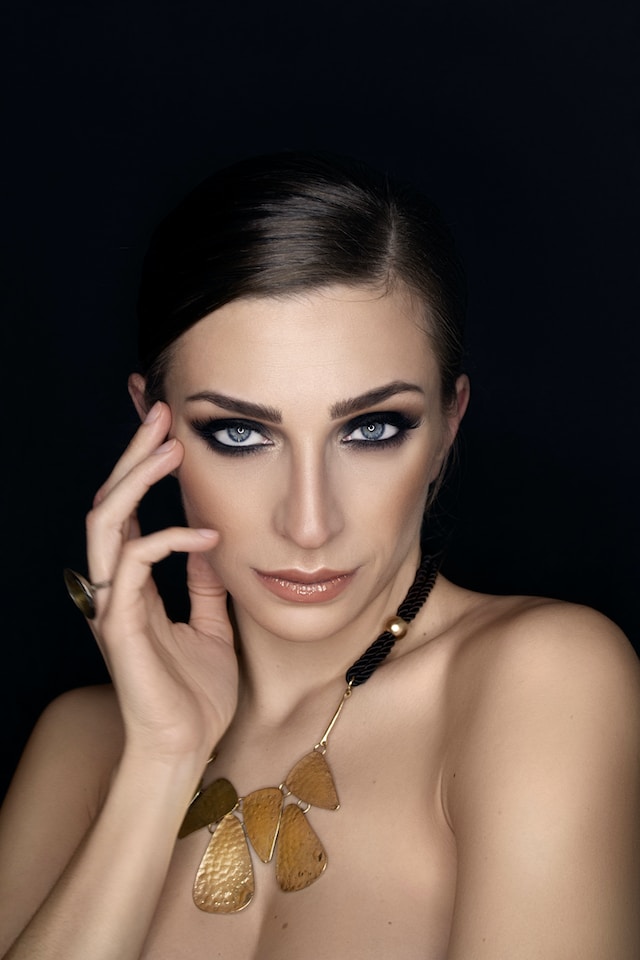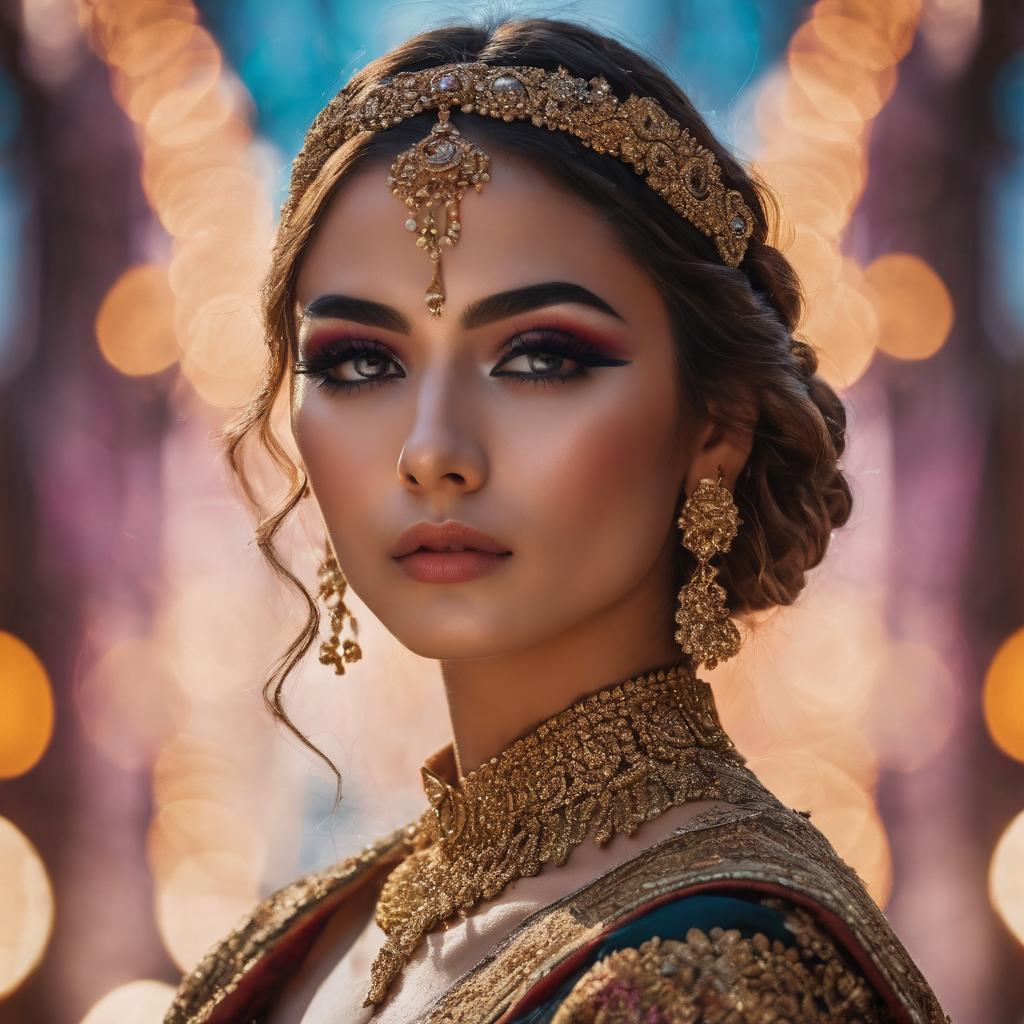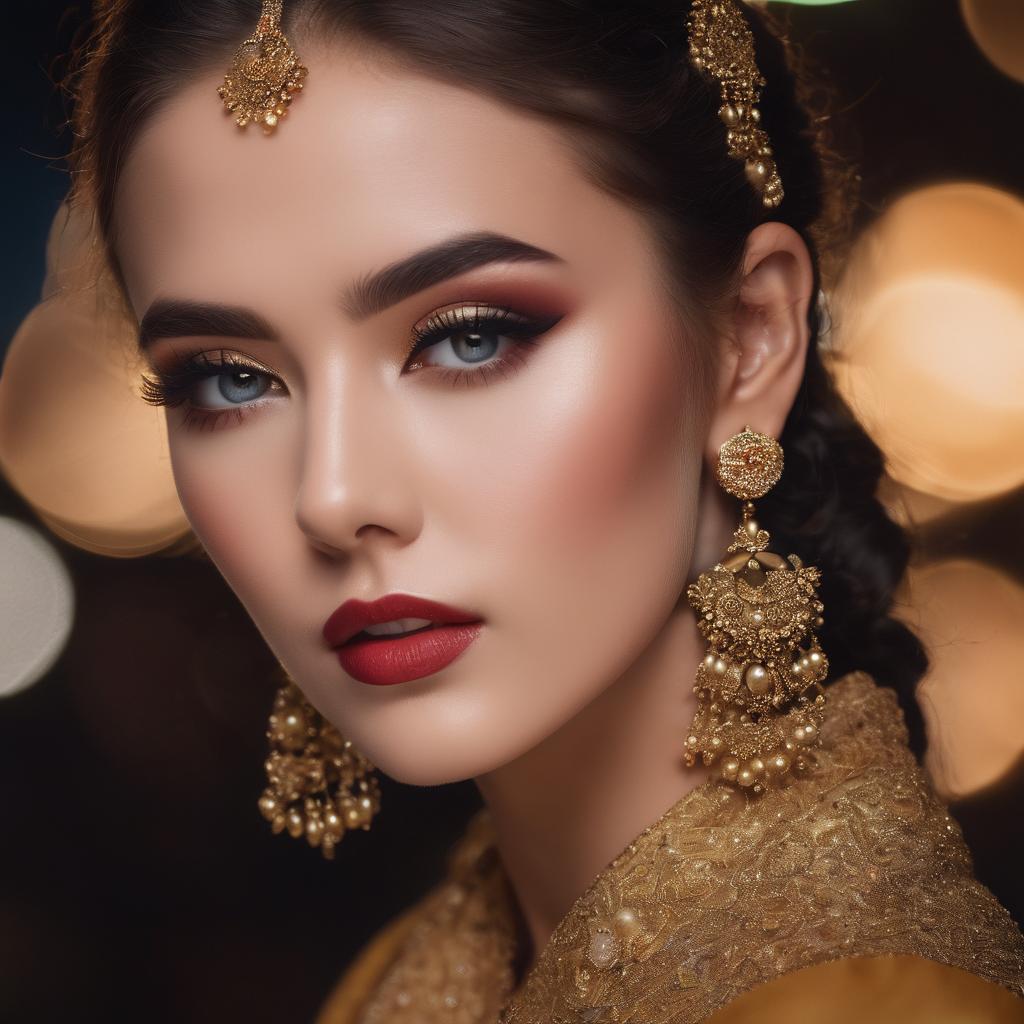Choosing eyeshadow colors can be tricky, especially if you want to make sure your look is flattering. However, the right combination of shades will make your eyes pop, and the wrong ones can leave you looking washed out and tired. Follow these steps for choosing the best eye shadow colors for your skin tone:
Contents
- 1 Step 1: Look at your face shape.
- 2 Step 2: Pick the best colors for your skin tone.
- 3 Step 3: Keep it simple with neutral eyeshadow colors.
- 4 Step 4: Focus on lid color and brow bone highlight.
- 5 Step 5: Create a subtle smokey eye with a matte shade.
- 6 Step 6: Use shimmery eye shadow shades in the crease of your eyelid and blend them together, if desired.
- 7 When choosing eyeshadow colors, focus on lid color, brow bone highlight, crease and smoky eyes
- 8 Conclusion
Step 1: Look at your face shape.
Your eye shape is a good place to start. If you have an oval face, your eyebrows should be arched and your eyeliner should be done in a thick line that’s shorter at the outer corners of your eyes, where the lashes get thinner. This will create the illusion of bigger eyes and make them appear closer together–a good thing if yours are further apart than average!
If you have rounder features, opt for more dramatic colors like deep purple or even black eyeliner (as long as it’s not over-the-top). The darker shade will emphasize those beautiful curves on either side of your nose–and trust us when we say everyone wants them!
If you’re lucky enough to have been born with high cheekbones, consider lightening up on your shadow color so that people can see them better when they look at you head-on; otherwise, dark shades may make them disappear into shadows around those gorgeous cheekbones instead.
Step 2: Pick the best colors for your skin tone.
Now that you know what colors look good on your skin tone, it’s time to pick the best ones.
- If you have fair skin, choose eyeshadow colors that are cool and blue-based. This includes blues and purples (like navy or plum), greens (like emerald) and grays (like charcoal). Avoid warm tones like reds, oranges and yellows as they will make your complexion look sallow or dull.
- For medium skin tones: Pick shades of browns with gold undertones such as bronze or copper; these complement medium complexions well while adding warmth without making them appear overly tanned in contrast with the color of their eyeshadow palette! A dark shade of green also makes an excellent choice for bringing out those beautiful hazel orbs!
- For tan complexions: This type tends toward earthy tones such as browns; however there are some who prefer brighter hues like orangey golds which can also work here too depending on personal preference…
Step 3: Keep it simple with neutral eyeshadow colors.
Neutral eyeshadow colors are the best choice for most people. Neutral colors include brown, beige, grey and silver-based shades. These shades are easy to wear and look good on most skin tones. Gold-based shadows can also be considered neutral because they work well with any other color in your eye makeup look.
You might also want to consider choosing a single shade of neutral as your main one (like brown) and then adding some pops of color with brighter hues on the inner corners of your eyes or along the lower lash line for added depth and dimension without going overboard with multiple colors at once!
Step 4: Focus on lid color and brow bone highlight.
Now that you know what colors will work well on your skin tone, it’s time to focus on how you want to apply them. Your choice of lid color and brow bone highlight is crucial for creating an eye look that complements your overall complexion.
Here are some tips:
- Lid color should be shimmery and matte; brow bone highlight should be matte or shimmery. The lid is the most visible part of your eyeshadow look–so it needs to stand out! But at the same time, it shouldn’t be too intense or heavy-handed in its application because this can make eyes look smaller (which isn’t what we’re going for). You want something soft but noticeable enough so people notice when they look at yours. In other words–shimmery! On top of all this though? You also need something subtle yet striking enough not only for daytime wear but nighttime as well (if necessary). This means choosing an appropriate shade like plum purple hues with hints of gold flecks throughout them…or maybe even brownish gray tones mixed with silver specks sprinkled throughout those kinds too.”
Step 5: Create a subtle smokey eye with a matte shade.
Using your ring finger, apply the matte shadow in the crease of your eyelid and on top of it. Apply another layer of this same color to the lid of your eye, then blend inwards towards the outer corner using your brush or fingers (you can also use a pencil brush here). Use an angled brush to apply more product to this same area if needed–just remember not to get too close to where you applied your base!
Apply some more product onto the inner corner of your upper lash line as well as directly above it at an angle so that there’s just enough space between where these two meet for light from outside sources such as lamps/lights etc…to pass through without being blocked by anything else (this will make sense once we talk about blending later).
Step 6: Use shimmery eye shadow shades in the crease of your eyelid and blend them together, if desired.
You can use a shimmery shade in your crease, or go for a more dramatic look by using a matte shade in the crease. The latter will make your eyes appear larger and brighter. If you want to create this effect, use an eye shadow brush to apply an appropriate color on your eyelid and blend it outwards from the eye socket.
When choosing eyeshadow colors, focus on lid color, brow bone highlight, crease and smoky eyes
When choosing eyeshadow colors, focus on lid color, brow bone highlight and crease.
The lid is the part of your eye that covers the white part of your eyeball (the sclera). It’s also called a “lid” because it folds over like a lid when you close your eyes. When choosing an eyeshadow color for this area, think about what kind of look you want to achieve: do you want bolder colors or softer ones? Depending on how light or dark your skin tone is will dictate what type of shades will work best for highlighting this area without being too overpowering.
For example: If someone has very light skin with dark hair then they could use any shade from golds/browns all the way up through purples without worrying about looking too dramatic since their natural coloring already makes them stand out enough! On the other hand if someone has fair skin with red hair then maybe stick with lighter pinks instead because anything else would probably make them look washed out due to their already pale complexion.”
Conclusion
When choosing eyeshadow colors, focus on lid color, brow bone highlight, crease and smoky eyes. The best way to determine what shades work best for your skin tone is by looking at your face shape and eye color. If you’re still unsure about which colors will look good on you, try out different shades in the store before purchasing them!




